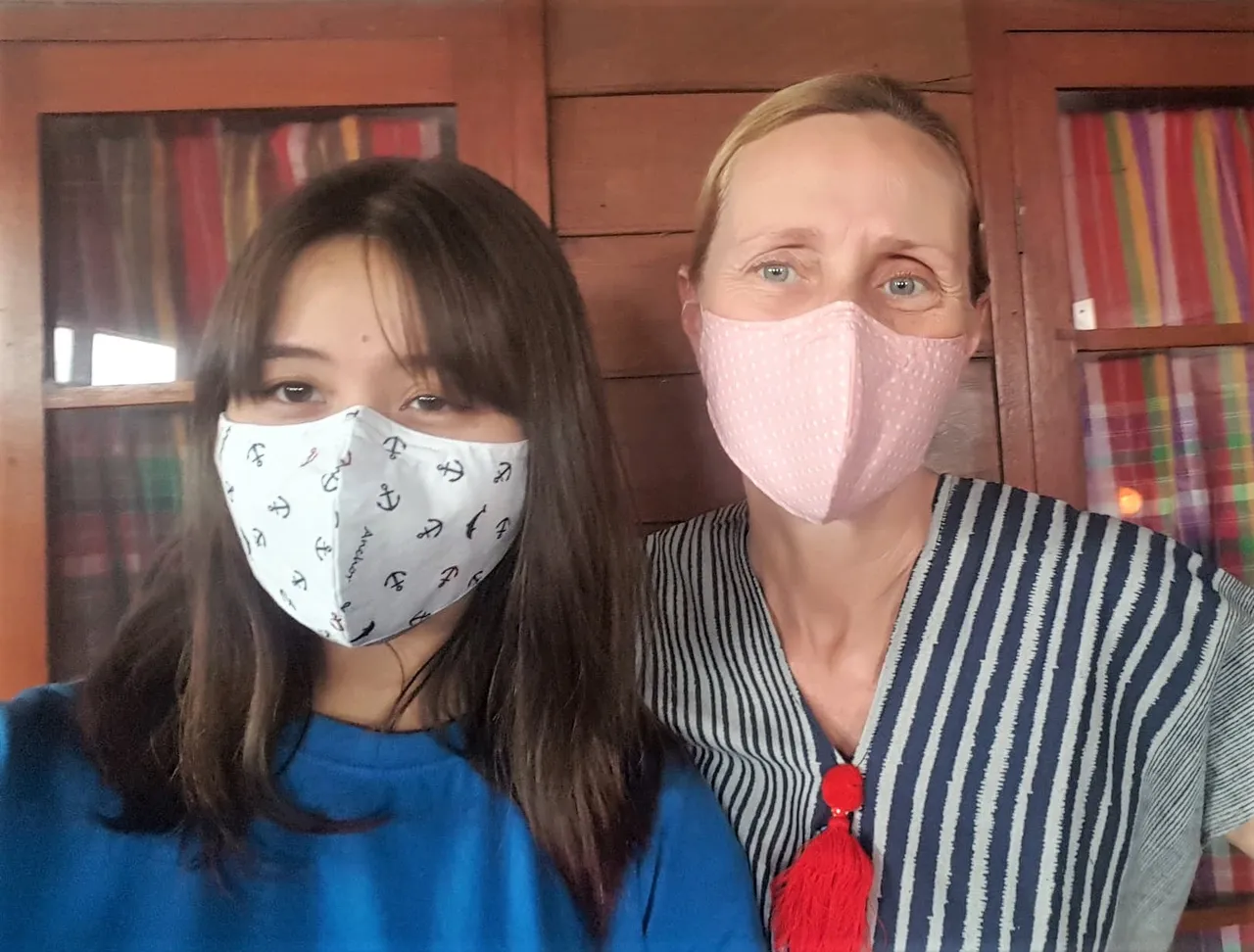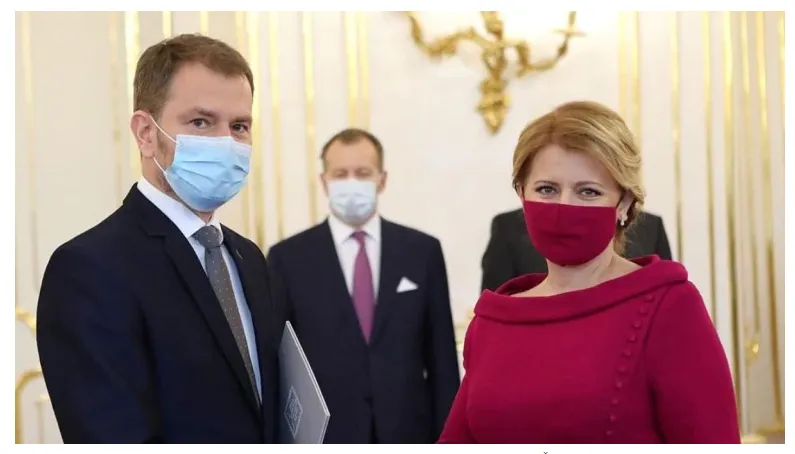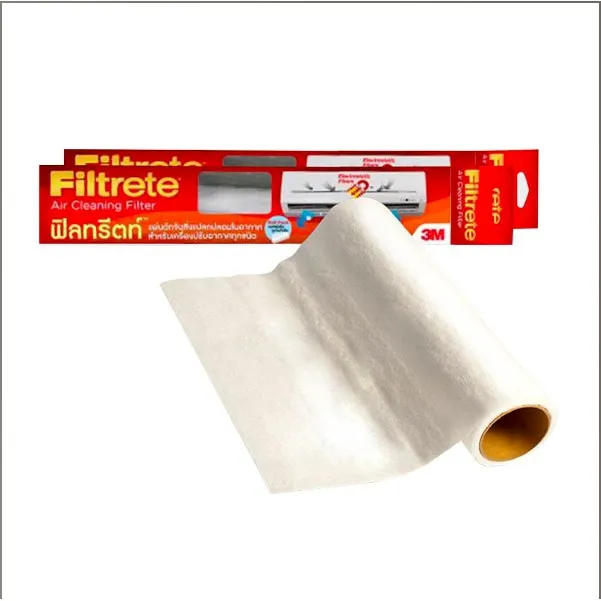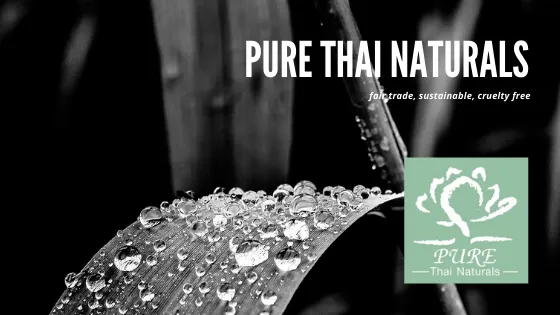Face Masks have been de rigeur in Asia for eons - a common politeness one is expected to wear when one has the sniffles, hay fever or a cold. So, in many ways, it's not surprising that while the world "out there" is coming to grips at wearing ANY face mask, Asia is already promoting face mask style.
My 15 year old Thai daughter has informed me that the only face mask to wear, and also to be stylish, is a plain black one. Korean kpop style, of course.

Yes - inwardly groans to herself - after researching materials and functionality, we have ordered several for her: sweet Goddess forbid Miss 15 should be out of trend. Ironic, really, when we are going nowhere.
Twice in the last days I was also personally complimented on my own new pink facemask, once by a pharmacist, no less. Discussion was had about the cut, style, colour (suits your blonde hair!) and details exchanged of who made it for me.

Even the President of Slovakia was recently concerned about her face mask style.

But the emerging emphasis on look, colour and style often comes at the expense of function. It might LOOK great, but is it as effective as a surgical mask??
After all, what really matters is function!!
For the many people around the world, improvising, sewing and covering their mouth-nose in some way or other for going out in public, there ARE some really important pieces of information to absorb & appreciate which will make your mask FUNCTIONAL from a preventative natural medicine point of view!
Fit.
After much hilarity and discussion about noses, chins and cheekbones with Miss 15, the contours of your face DO matter and affect function. If (like me) you have an aristocratic nose and well defined chin, you really DO want a DUCK-BILL style (like my pink one). Otherwise the simply pleated style pulls forward too much and gapes at the sides, which reduces its effectiveness. The one piece kpop flat version presses uncomfortably on more aristocratic European noses.
I shared a simple pattern-post for the duck-bill style some weeks ago from one of our great #hive content creators. Here it is again. One size does NOT fit all, and we now have them for sale here in Asia in S, M, L and XL - it SHOULD reach as high as the bridge of your nose and sit comfortably along your jaw, basically providing a seal.
Material.
Not everything works well, and some loose-woven cotton fabrics are next to useless.
Dr. Scott Segal, chair of anesthesiology at Wake Forest Baptist Health in Winston-Salem, North Carolina, tested a variety of cloth materials to see which ones not only allowed for breathability, but also filtered small particles — such as viruses. No surprise - some fabrics work MUCH better than others, and even out-perform standard surgical masks. You can read more about his test results Here.
The best masks were constructed of two layers of heavyweight "quilters cotton" with a thread count of at least 180, and had thicker and tighter weave.
Add a filter.
The easiest filter to both buy and use is a product called Filtrete. It's a 3M filtration product used for air conditioners and air purifiers. It's easily available in hardware stores, online and in specialist air conditioning service centers. Simply cut a rectangular piece and slide into the pocket of your home-made cotton mask. Replace weekly (assuming 7 days, 8 hours wear per week).

Use Pre-washed fabric ONLY.
New cotton fabrics are treated with what's politely called "fabric dressing". It protects against wrinkling and mold-mildew and gives fabric a stiffer look for sales purposes, and a sort-of "new car smell". It's primary ingredient? Formaldehyde.
Formaldehyde can cause irritation to the skin, throat, eyes and nose. Prolonged exposure may even result to certain types of cancers for some patients. Most importantly, formaldehyde is a serious respiratory irritant!
Formaldehyde affects different people in different ways, but even people who don’t have a history of asthma or other sensitivity to chemicals can experience wheezing, coughing and other respiratory symptoms, as well as eye, nose and throat irritation, skin reactions, headaches and more. People with existing respiratory conditions are especially at risk, as are children and the elderly. According to the U.S. Centers for Disease Control, formaldehyde is also linked to cancer, especially of the nose and throat, although it’s unclear at what levels or lengths of exposure. Source.
Wash your fabric well, at least twice, and please DON'T use commercial fabric softeners, which may also trigger allergic reactions as well as containing chemicals which are known endocrine disruptors. If your chosen fabric still feels stiff and "new" after the first wash, add some bicarbonate of soda to the second wash, make sure to wash very hot and to rinse well.
Cleansing after use.
There are two levels of cleaning the mask for hygiene purposes. The first one is to remove viral contamination on return to your car or home. Remove by the ear loops ONLY and don't touch the mask itself. Our suggestion is to spritz immediately with colloidal silver and leave it to dry for a minute or two. The second level of clean is to wash it when oils and dirt from skin make it feel grubby. Be sure to remove the filter first!! Handwash in hot soapy water, rinse well and dry in natural sunlight, if possible.
One thing that NEEDS to be emphasized is that wearing a mask reduces your own oxygen intake. They're not meant to be worn for long periods of time. I've seen surgeons and medical staff online commenting about serious headaches after more than 2 hours continuous wear. Keep your outdoor use limited by staying at home unless absolutely necessary.
After you take it off? Cleanse your mask (see above) with colloidal silver, take a shower if you can (or at least wash your hands very well), and practice deep breathing for 15 minutes to re-oxygenate your whole body.
For those of us old enough to remember sexual life before HIV and AIDS, who ever would have thought condoms would be here to stay?!? I believe face masks will be here to stay too, and not just in Asia. Face masks are likely to be part of this new, crazy "normal" which unfolds before us - at least for things like public transport use and crowded public gatherings.
It's important #naturalmedicine for Mother Earth to NOT use disposable masks. So please think carefully about the masks you will make and follows these important steps to ensure maximum protection and minimum risk.
Best natural medicine is, of course, to stay away from likely sources of infection and to develop your own superb natural immunity.
BlissednBlessed - and protected - in my natural Thai world.


Join The Best Natural Health Community on Hive
